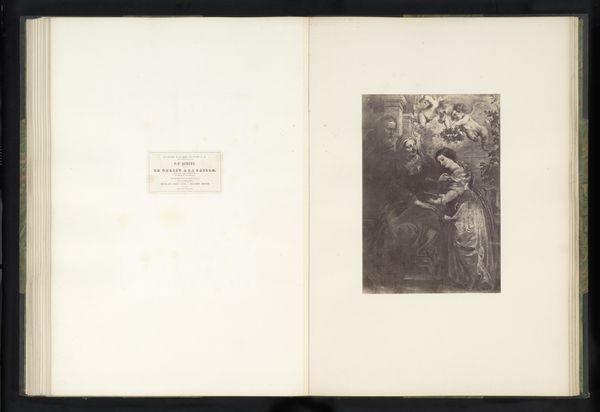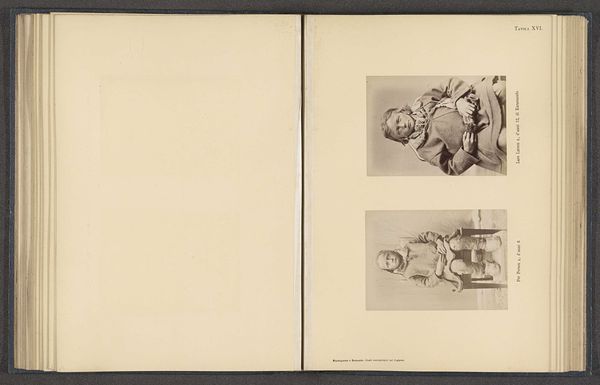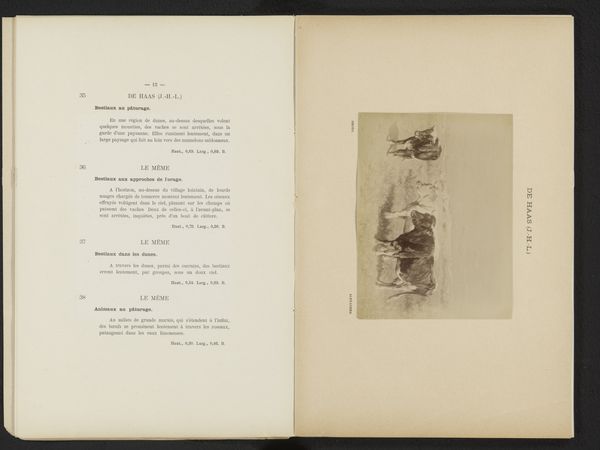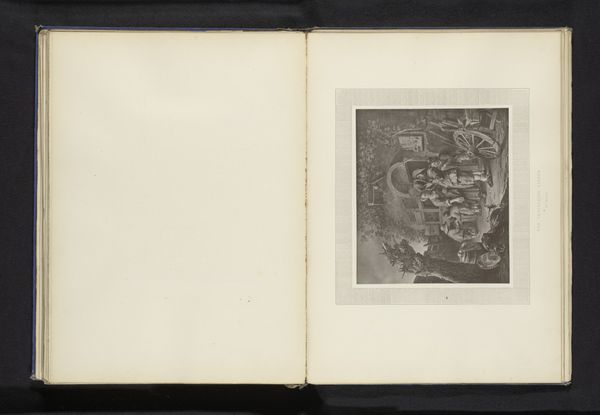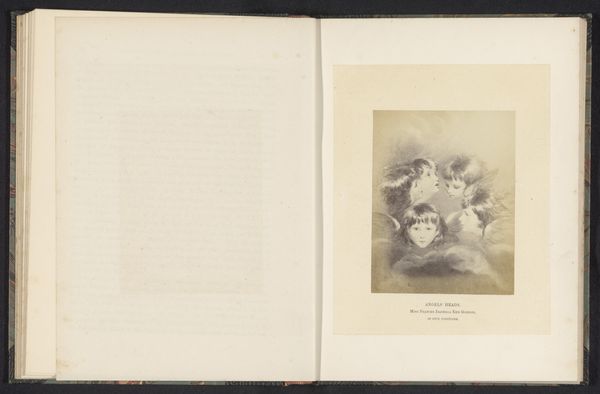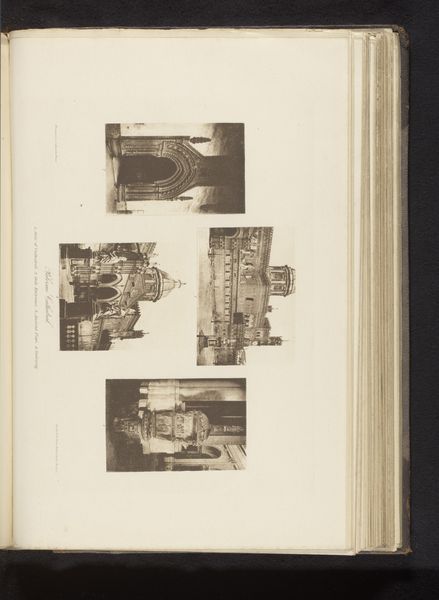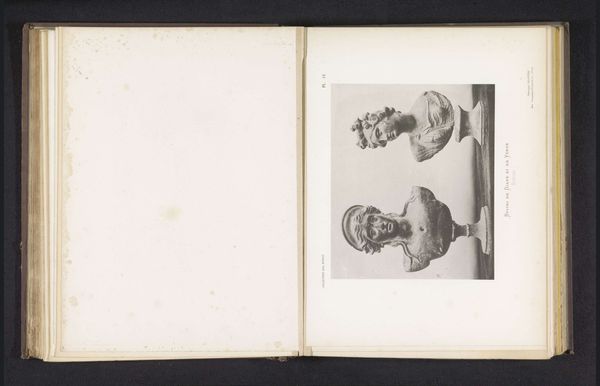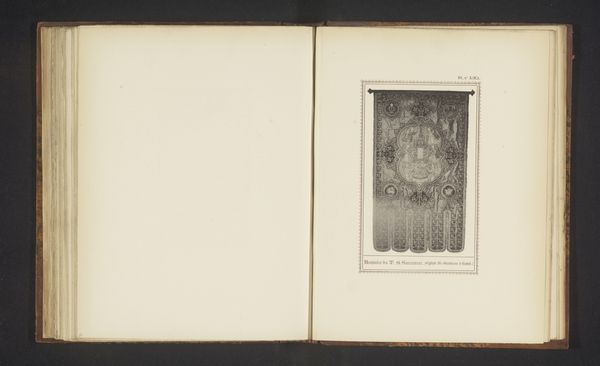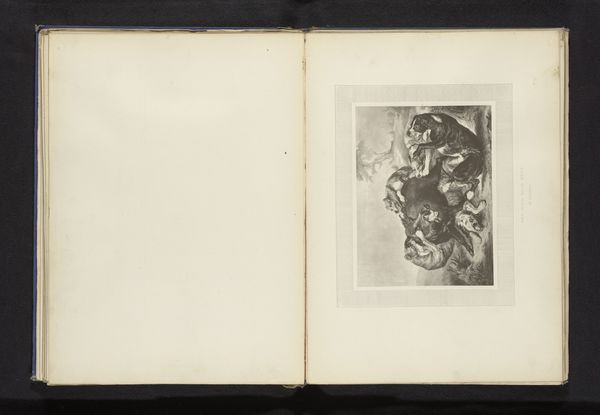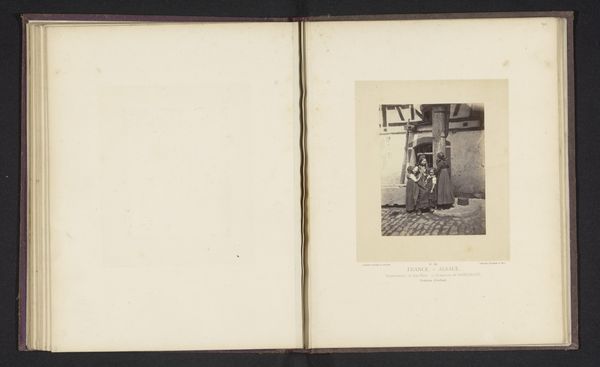
print, engraving
#
medieval
# print
#
engraving
Dimensions: height 148 mm, width 101 mm
Copyright: Rijks Museum: Open Domain
Editor: This engraving, titled "Kelk in de Abdij van Maredsous, België" or "Chalice in the Abbey of Maredsous, Belgium," appears to be made before 1896 by Joseph Casier. It depicts a chalice and a paten within an architectural setting, and it makes me think about religious power and wealth during the medieval era. What can you tell me about this piece? Curator: Given that the print depicts objects within a Benedictine abbey founded in 1872, it makes me consider the resurgence of medieval artistic styles and religious orders in the late 19th century. We see this not just as aesthetic fascination, but also linked to social and political movements advocating for a return to traditional values. The engraving process itself--reproducing intricate details for wider circulation--served to monumentalize church artifacts. Editor: So, the choice of engraving helped to promote religious symbols on a broader scale? Curator: Precisely. It makes you wonder: what sort of person might own this print? Was it to simply show piety? A marker of social status connected to religious patronage? Consider the power of such visual imagery in shaping perceptions, not only of the religious objects themselves, but the associated power of the Church within society at large. Does this then change the way you view the artwork now? Editor: I never considered the social reach. That's fascinating! Thank you. Curator: It’s vital to remember that even seemingly simple engravings reflect complex layers of cultural values.
Comments
No comments
Be the first to comment and join the conversation on the ultimate creative platform.

